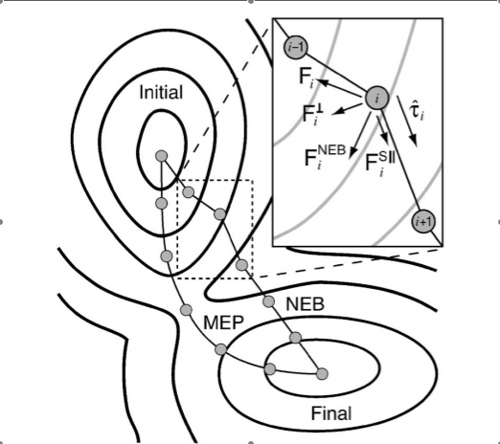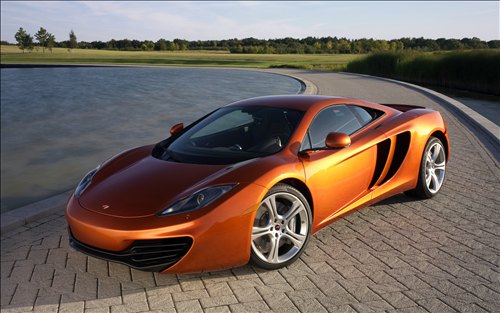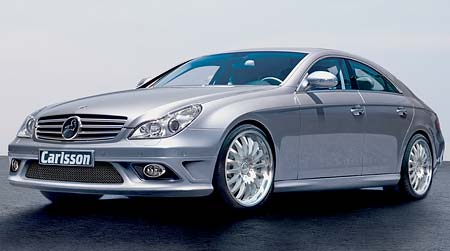
A guest lecture from science professional Craig Cone, which shall confuse and delight us all.
Science is many things; useful is rarely one of them. Graduate level quantum mechanics is never of any practical use, treated by its students as a trial by ordeal rather than preparation for a professional career. That ends here, when it meets this site's earlier, admittedly crude, analysis of the alley-oop.
First, a devolution into an overly brief and facile derivation. When I fire a gun through a doorway, the bullet passes directly through the void way every time (duh). But if I am very small (one tenth the size of a human hair, for starters), firing a gun through a door causes insane shit happens. As the bullet passes through the door, it diffracts, creating a wave-like pattern of probability. Even less intuitive is the idea that that while fractions of the bullet are creating interference fringes forward, some fraction is coming directly backward.
This phenomenon cannot be interpreted with any form of classical physics. It actually perplexed science as a community for quite some time. Then, in the middle of the twentieth century, a scientist by the name of Richard Feynman proposed an idea hinging on path integrals as a unifying theory of dynamics. The theory states that there is a minimum energy path from point A to B, and that any deviation from the classical path has a penalty related to the deviation from the classical path. It contends that not only it is possible to calculate the deviation of any possible path, but that every possible path is being explored simultaneously (think back to the bullet example). The direct path from A to B, as well as the path from A to B through Dallas, are all occurring in calculable and observable ways. Repeated addition over all space-time is accomplished using a series of path integrals that eventually came to bear Feynman's name. While Feynman was initially treated like an escaped mental patient, he eventually ends up with a Nobel Prize and a lifetime's worth of bragging rights.

This brings us to basketball, specifically the fast break (an extreme version of any motion-based offense). As every middle school coach can diagram, there is a correct way to run one, and any deviation is showboating, an error of the highest degree that will result in a solid dose of pine-riding. There is a classical path from A (ball in hand) to B (ball in net); by observation, there is an infinite number of ways to get there. But according to Feynman’s path integrals, we can calculate the energy (everything is energy) of every single permutation. When even the threat of high energy play is of extra value—after all, swagger/style has functional value—suddenly there's a strategic use for this theory. A minor deviation involves a pass through the legs of the defender or whipping the ball behind the back. A higher-energy path is a pull up three or ally-oop, extra high-energy is the McGrady self ally-oop through traffic. If those are high-energy paths, then the high school clip posted last week from the high school game verges on truly profligate, as near to actualization of the A to B through Timbuktu metaphor as physically possible.
The Paul/Chandler combo became intuitive because it is both lethal and functional. As long as Talent(calc) <= Talent(pos) any action makes logical sense. There is no violation of basketball Tao, only the separation of dreams and physical reality, the broken chaff left on the threshing room floor. This is not some attempt to draw back the curtain to expose the gears of sport, only to then claim that the emperor is without clothes. Instead, what has been added is a qualitative method to appreciate the swag required to get from A to B by way of where ever.
Comparisons of top shelf point guards in the league is both lazy and ineffective, largely because of this range of possibilties. The Kobe vs. LeBron (2009) debate has played out all across the internet. And yet it borders on incoherent. Kobe is the master of divining the classical path from the farthest reaches of the ethers, a quality that makes Kobe such an enigma. This personal vision quest has lead him to this height, now execute the pick and roll LIKE I DO. Whereas with King James, it is not clear that he is aware of the absurdity of the quantum mechanical trajectories he employs. All of his nicknames are some urban variant of the second coming because he has access to states through actions previously unimaginable except through god-like powers. Surely in retrospect, he knows what he does is unique. But at the heart of the matter the actions cannot be that absurd to LeBron, or why would he attempt them in front of the 20,000 people on a nightly basis?
The Paul/Williams comparison is equally fallacious. Deron Williams is the classically taught player, shredding defenses at their weakest point, turning their weakness into his strength on some kung-fu shit. Whereas Chris Paul's penetration and distribution are that bullet diffracting through the doorway, with all paths available for his perusal. Nash is the merging of the two, monitoring weakness-spotting knowledge of classical paths as a foundation, and then using unique skills of those around him to create the chaotic function that was his MVP hallmark.
The classical path, the path that requires the least energy is still the most probable way to execute A-B. But let us not mistake difraction for a sign of weakness. Consider how delicious the quantum mechanical meat is compared to the classical bone.
















No comments:
Post a Comment